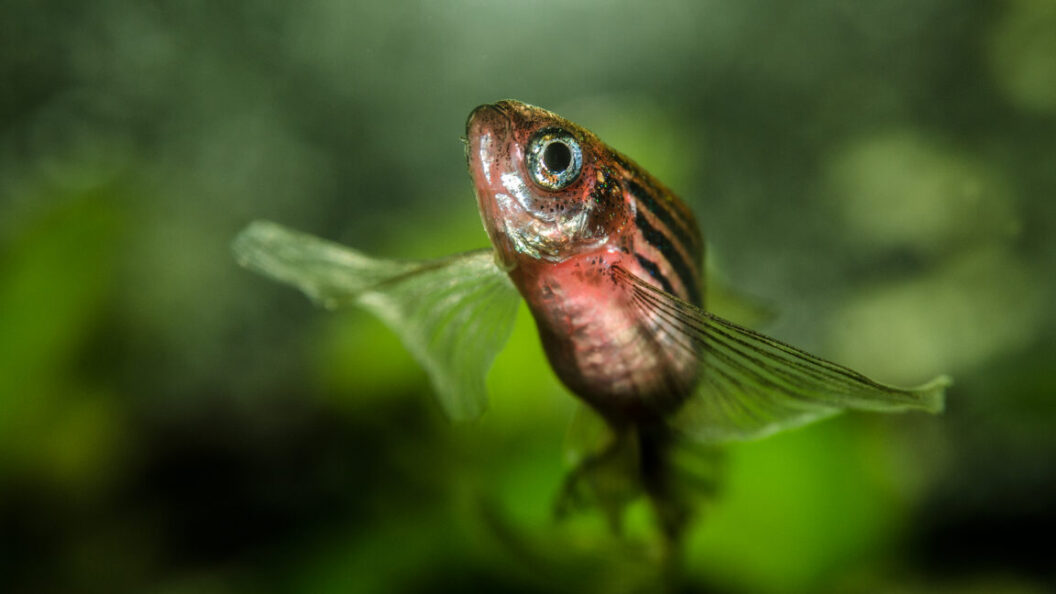The Genetic Complexity Behind Fin and Digit Formation
Recent research has revealed intriguing insights into the evolutionary differences in limb development between fish and land vertebrates. A US-French collaborative team utilized advanced gene editing techniques to explore hox gene regulation, discovering that the genetic pathways governing the formation of digits and fins are far more complex than previously understood.
The Role of Hox Genes
Hox genes are crucial regulators of body plan development in vertebrates, influencing the formation of limbs and segments during embryonic development. Initial hypotheses suggested that the same hox gene mechanisms responsible for digit formation in terrestrial animals also played a significant role in fish fin development. However, emerging evidence indicates that these genetic pathways have diverged significantly across species.
In vertebrates, researchers recognized that two key chunks of regulatory DNA flanking the hox gene clusters are vital for gene activity, particularly in limb development. The upstream regulatory region has been linked to maintaining hox gene expression in limbs, aiding in the creation of digits. Deleting this area in mice resulted in complete inactivity of the hox genes responsible for digit formation.
Diverging Evolutionary Paths
In a groundbreaking experiment, the research team employed CRISPR technology to delete the equivalent regulatory region in zebrafish. Contrary to expectations, this deletion had minimal effects on hox gene activity in the fish. While some reduction in activity was observed, the genes remained functional at critical moments for digit development, indicating a fundamental difference in how these hox genes operate in fish compared to their mammalian counterparts.
"While the activity looked the same, the reasons for that activity are fundamentally different," lead researcher Dr. Marie Dupont noted. This finding suggests that the mechanisms leading to digit formation likely evolved independently in the ray-finned fish and the lineage leading to land vertebrates.
Uncovering New Purposes for Regulatory DNA
With the realization that the deleted regulatory region did not control digit formation in zebrafish, researchers sought to pinpoint its actual function. Their investigation uncovered its significant role in the development of the cloaca, an important anatomical feature in fish responsible for excretion and reproduction. This single orifice serves multiple biological functions, making it a critical evolutionary adaptation.
In this context, the cloaca’s anatomical significance further emphasizes the notion that evolutionary pathways are not only about developing limbs but also about optimizing existing structures for survival and reproduction.
Implications of the Findings
The study underscores the complex interplay of genetics and evolutionary adaptations in different species. Furthermore, it highlights the need for a reevaluation of our understanding of evolutionary biology, particularly the genetic foundations of limb development.
"These findings push us to rethink how we view the evolution of complexity in vertebrate limbs," said Dr. Luis Alvarez, a co-author of the study. The implications of this research could extend beyond evolutionary biology, potentially influencing fields such as regenerative medicine and genetic engineering.
Conclusion
The recent revelations regarding hox gene activity and its implications for fin and limb development spotlight the intricate web of genetic influence across species. This cutting-edge research not only enhances our understanding of evolutionary biology but also offers potential avenues for practical applications in medicine and genetics. As science continues to unravel the complexities of genetic regulation, the pathway to understanding life’s diversity becomes increasingly illuminated.









